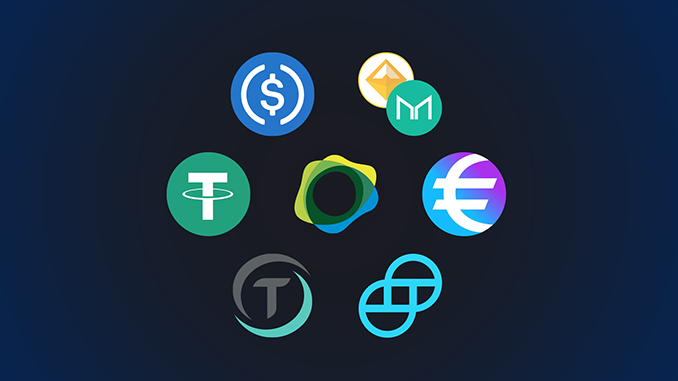
The G20 countries are working intensively to regulate stablecoins much more than before. A working paper of the G20 Financial Stability Committee makes recommendations on how to deal with stablecoins.
For a long time, it seemed as if international organisations such as the G20 had little interest in the subject of crypto-currencies. But with the plans for Facebook Libra, some movement came into the matter; the G7 group, for example, set up a monitoring group. Now the G20, the association of the most important industrialised and emerging countries, is also reacting. It has set its Financial Stability Board (FSB) on Stablecoins and the committee has now published recommendations. The 62-page paper does not mention Facebook Libra or existing Stablecoins such as Tether (USDT) by name. Instead, the abstract term Global Stablecoins (GSCs) is used – but the thrust is clear: Stablecoins in their current form therefore harbour risks for currency stability and should therefore be subject to specific and internationally coordinated rules.
How the G20 envisages the regulation of stablecoins
The FSB was mandated by the G20 in June 2019 to take action on GSCs, shortly after the official announcement of Facebook Libra. The current working paper is still waiting for reactions until mid-July 2020 and is then to be adopted by the G20 in October. Eight basic demands can be identified:
- National financial and regulatory authorities should provide or create capacities to put GSCs on a leash.
- Since going it alone would be doomed to failure, efforts should be coordinated internationally.
- The principle of “same business – same risks – same rules” should apply: Regardless of the technological basis on which a stable coin is based and the currency it represents, internationally established regulations for financial products should also be applied to stable coins.
- Particular attention should be paid to ensuring that stablecoins are actually backed by appropriate financial reserves.
- In order to prevent money laundering, illegal financing and similar activities, issuers of stablecoins should comply with extensive documentation requirements and cooperate with authorities.
- Users of Stablecoins should be clearly informed about risks and rules.
- If Stablecoins violate regulations, they should be vigorously and decisively prosecuted.
- Despite all the regulation frenzy – the FSB emphasises “proportionality”, i.e. it does not want to ban GSCs in general.
Conclusion: Stablecoins must adapt to change
If, as is to be expected, the working paper and the recommendations become binding agreements among the G20 states and the EU, the joys and sorrows of the crypto sector will probably be very close together. A positive aspect would then be that Stablecoins could be legally recognised and get out of the legal grey area. The large-scale project Facebook Libra, for example, could regain momentum, as it has repeatedly promised not to launch the project until a consensus on regulation has been reached.
On the other hand, private stablecoins such as Tether, USD Coin (USDC) or Paxos Standard (PAX) could stumble because they have to meet new documentation requirements. In the case of tether, for example, which represents the US dollar and is considered the mother of all stablecoins, there are always justified doubts about hedging through reserves in Fiat. Not affected by the proposals of the G20, incidentally, are projects in the area of Central Bank Digital Currency (CBDC), where central banks want to guarantee security and reliability.
Leave a Reply